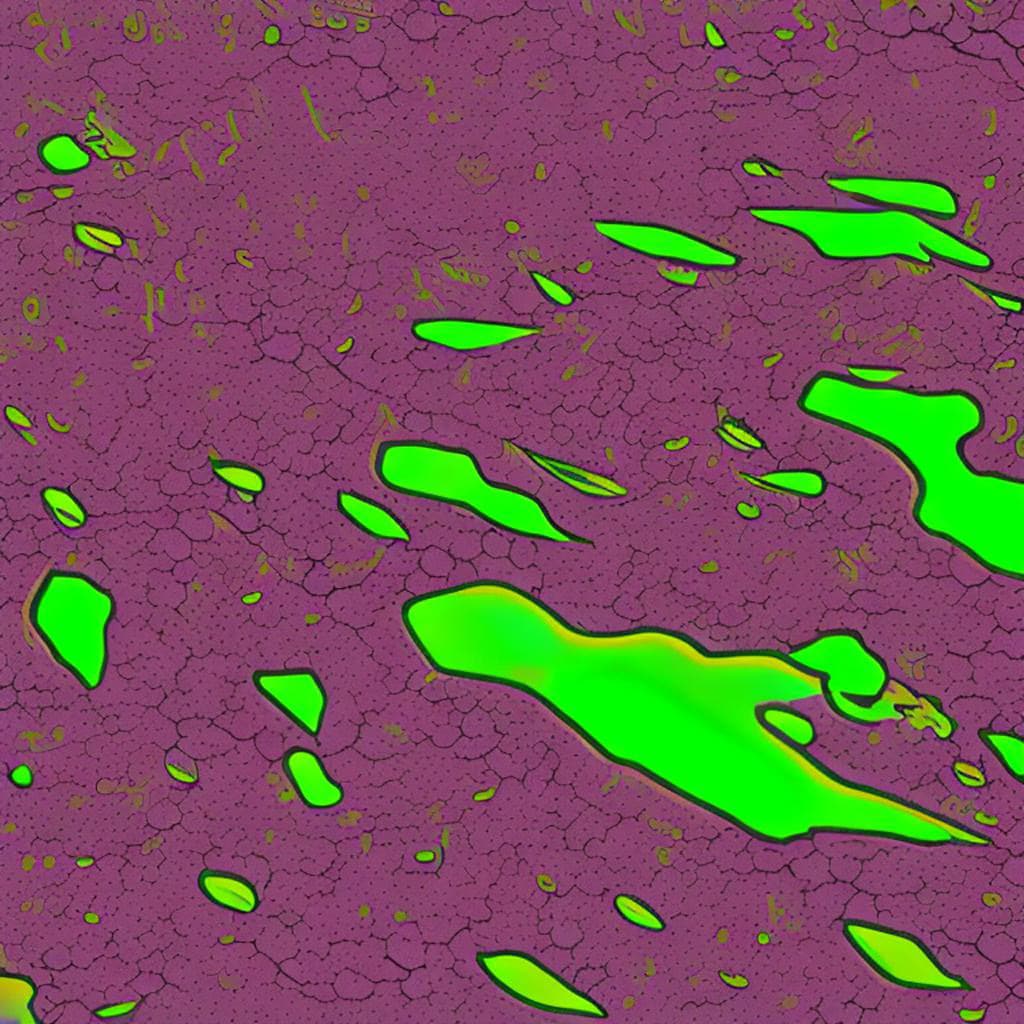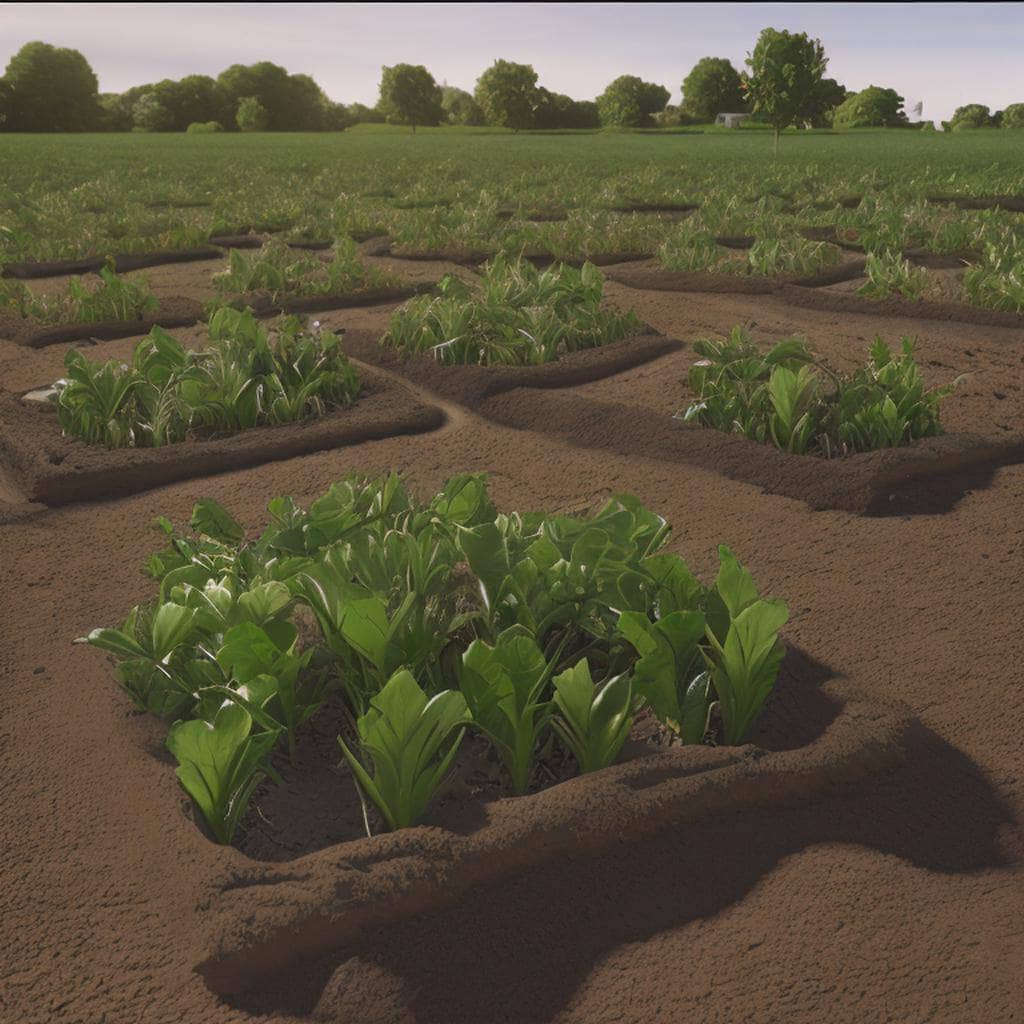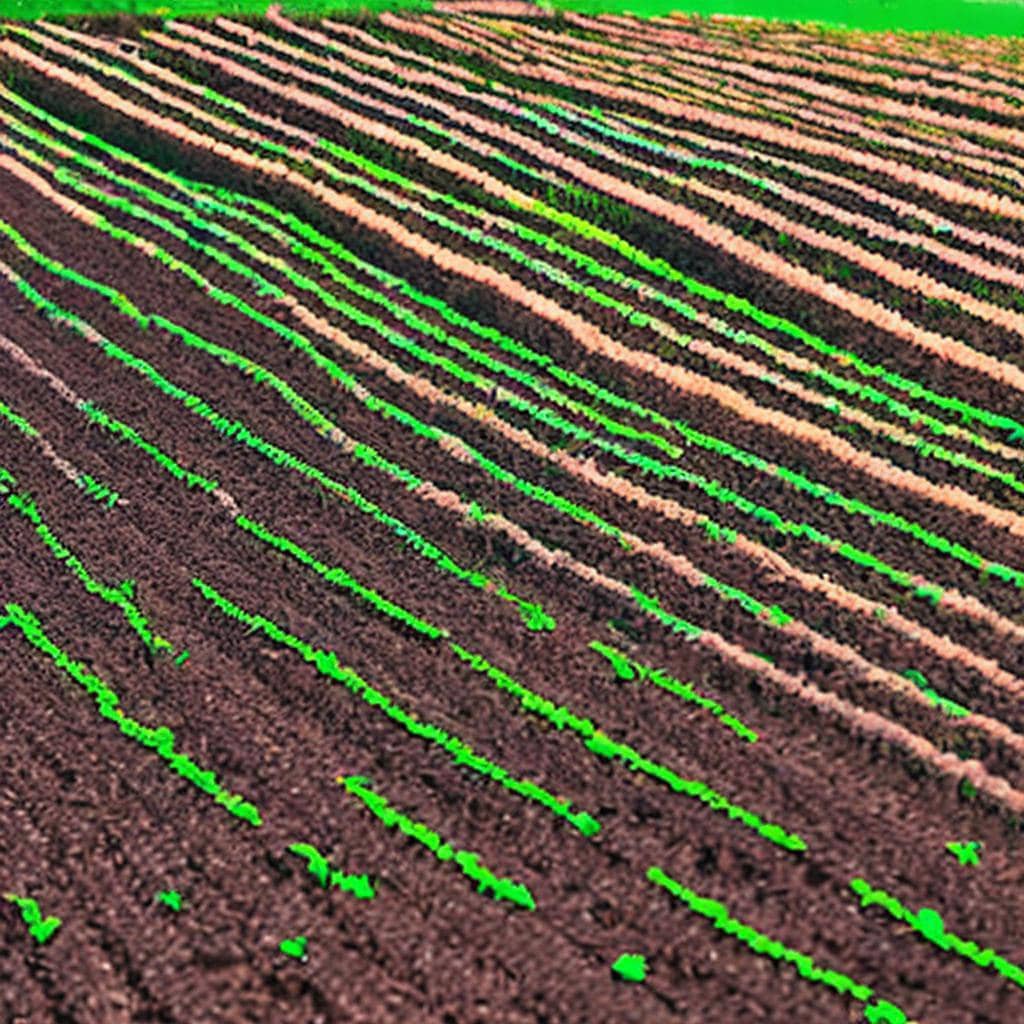
Soil Restoration
Soil Restoration – Restoring Health to Degraded Soil
Soil is a precious natural resource that is essential for food production, water filtration, and carbon sequestration. However, soil degradation, caused by human activities such as deforestation, intensive agriculture, and overgrazing, is a growing problem that threatens the health of the soil and the sustainability of the food system. Soil restoration is the process of restoring degraded soil to its natural state, promoting soil health, and supporting sustainable agriculture.
What is Soil Restoration?
Soil restoration is the process of improving degraded soil by increasing soil organic matter, restoring soil structure, and promoting biological activity. This can be done through a range of practices, including cover cropping, crop rotation, and composting.
The key components of soil restoration include:
- Soil Assessment: The first step in soil restoration is to assess the health of the soil. This can be done through soil testing and analysis, which can provide information about soil structure, nutrient content, and biological activity.
- Soil Improvement: Once the soil has been assessed, the next step is to improve the soil. This can be done through a range of practices, such as cover cropping, crop rotation, and composting.
- Monitoring and Maintenance: After the soil has been restored, it is important to monitor the health of the soil and maintain it through ongoing practices, such as cover cropping and crop rotation.
Examples of Soil Restoration Practices
- Cover Cropping: Cover cropping involves planting a non-harvested crop in between growing seasons to protect the soil, improve soil fertility, and control pests and diseases.
- Crop Rotation: Crop rotation involves planting different crops in a sequence to help maintain soil health and reduce the risk of pests and diseases.
- Composting: Composting involves breaking down organic materials, such as food waste and yard waste, to create a nutrient-rich soil amendment.
- No-Till Farming: No-till farming involves planting crops without tilling the soil, which helps preserve soil structure and organic matter.
Benefits of Soil Restoration
- Improved Soil Health: Soil restoration can improve soil structure, increase soil organic matter, and promote biological activity, leading to healthier soil and healthier crops.
- Reduced Environmental Impact: Soil restoration can reduce the negative impact of farming on the environment by promoting more sustainable practices, such as reduced use of harmful chemicals and reduced soil erosion.
- Increased Resilience: Soil restoration can increase the resilience of the food system by promoting soil health and reducing the risk of crop failure.
- Improved Carbon Sequestration: Healthy soil is an important carbon sink, and soil restoration can increase the amount of carbon stored in the soil, helping to mitigate the impact of climate change.
Soil restoration is an essential practice for promoting sustainable agriculture and protecting the health of the soil. By using a range of practices, such as cover cropping, crop rotation, and composting, farmers can restore degraded soil to its natural state, promoting soil health and supporting sustainable food production. Soil restoration is not only good for the land, but also for the farmers and the communities that rely on them for food and economic well-being.
A summary table of soil health and the practices used for maintaining and improving soil health
| Field of Application | Methods | Benefits |
| Large-Scale Agriculture | Cover Cropping, Crop Rotation, Conservation Tillage, Precision Farming | Improved Soil Health, Reduced Soil Erosion, Increased Crop Yields, Reduced Environmental Impact |
| Home Gardening | Cover Cropping, Crop Rotation, Composting, No-Till Gardening | Improved Soil Health, Reduced Need for Fertilizers and Pesticides, Increased Crop Yields |
| Landscaping | Mulching, Composting, Soil Amendments | Improved Soil Structure, Reduced Soil Erosion, Increased Plant Health |
| Reforestation | Natural Regeneration, Soil Amendments, Native Species Planting | Improved Soil Health, Increased Carbon Sequestration, Reduced Soil Erosion |
| Erosion Control | Soil Stabilization, Cover Cropping, Composting | Reduced Soil Erosion, Improved Soil Health, Increased Plant Health |
Soil health is essential for sustainable agriculture and food production. By implementing practices such as cover cropping, crop rotation, conservation tillage, precision farming, composting, and mulching, farmers and gardeners can improve soil health, reduce soil erosion, and increase crop yields. These practices are not only good for the land, but also for the environment and the communities that rely on them for food and economic well-being.
Shop tip
Soil Restoration on Amazon
Thank you for reading, comments and shares!
Crafted with chatGPT Language Models and Picsart
Create your own website
And learn how to monetize it
Heads up! If you’re looking to join Wealthy Affiliate, make sure you sign up using my referral link to get access to my personal coaching and all WA features."






